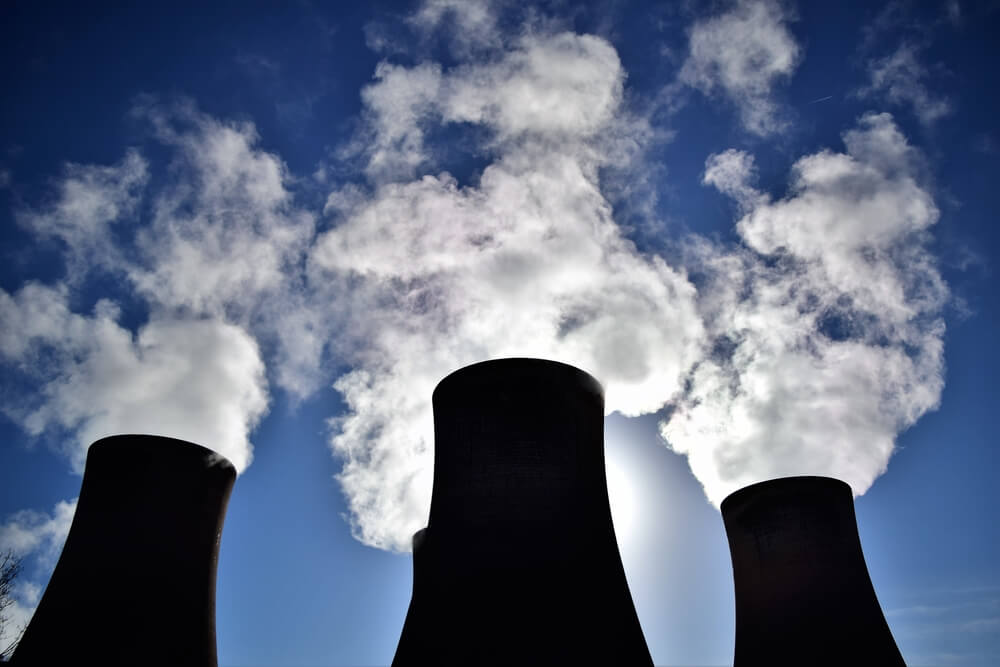Coal and nuclear power have been yoked together for decades. Nuclear power and nuclear science have both paid the price for this double harness. Now it looks as though nuclear will pay again.
The electric utilities in the 1950s and 1960s were faced with runaway demand for electricity as air conditioning was deployed and new home construction boomed. This was before acid rain became a problem and when global warming was just a minor scientific theory.
As the utilities struggled to deal with electricity demand that was doubling every 10 years, nuclear appeared as the brave new fuel of the future. They loved nuclear, the government loved nuclear and the public was happy with it.
So, utilities went hellbent into nuclear: In all, starting in the 1950s, utilities built over well over 100 reactors for electricity production.
Then opposition to nuclear began to appear, at first in the late 1960s and then with intensity through the 1970s.
Horror stories were easy to invent and hard to counter. Being anti-nuclear was good for the protest business. The environmental movement — to its shame — joined the anti-nuclear cavalcade. Indeed, in the 1970s and 1980s, environmentalists were still hard against nuclear. They advocated advanced coal combustion, particularly a form of coal boiler known as “circulating fluidized bed.”
For their part the utilities defended nuclear, but never at a cost to coal. They were worried about their investments in coal. They would not, for example, sing the safety, reliability and, as it was then, the cost-effectiveness of nuclear over coal.
They said they were for both. “Both of the above” meant that the nuclear advocates in the industry could not run serious comparisons of nuclear with coal.
Now the Trump administration is seeking that history repeat itself. To fulfill the president’s campaign promises to the coal industry and to try to save coal-mining jobs, the administration is invoking national security and “resilience” to interfere in the electric markets and save coal and nuclear plants, which the utility industry is closing or will close.
The predicament of these plants is economic; for coal, it is economic and environmental.
Both forms of electric generation are undermined by cheap natural gas, cheap wind power and cheap solar power. In a market that favors the cheapest electricity at the time of dispatch, measured to the second, these plants do not cut it financially. The social value or otherwise is not calculated.
The fight between coal and nuclear, and more realistically between nuclear and natural gas, misses the true virtue of nuclear: It is a scientific cornucopia.
Nuclear science is reshaping medicine, enabling space travel and peering at the very nature of being. In 100 years, nuclear science will be flowering in ways undreamed of today. A healthy nuclear power industry grows the nuclear science world, brings in talent.
Even without the science argument, there is a case for saving the nuclear plants: They produce about 20 percent of the nation’s electricity without hint of carbon effluent, which gas cannot say.
A fair market allows for externalities beyond the cost of generation and dispatch at that second. Clean air is a social value, scientific progress is a social value, and predicting the life of a plant (maybe 80 years) is a social value.
Natural gas, the great market disrupter of today, does not meet these criteria.
As electricity is unique, the national lifeblood, it deserves to be treated as such. That cries out for nuclear to be considered for a lifeline in today’s brutal market.
If it embraces a long-term solution through carbon capture and use, then coal may hold a place in the future. But the industry is cool to this solution. Robert Murray, CEO of Murray Energy Corporation, denounced it to me.
The administration has put money into a new nuclear through incentives and subsidies for small modular reactors even while linking established nuclear to the sick man of energy, coal.
Electricity is a social value as well as a traded commodity. The administration is working against itself with its coal strategy.

 Follow
Follow
I can’t resist recalling the lyrics that you, Llewellyn, penned (perhaps with some help from your friends) in the late 1970s, which were to the music of the popular song “It had to be you”, and went something like:
It has to be coal,
bituminous coal!
The nuclear dream
has ruptured a seam
It has to be coal
….
For no other fuel
can save our skin
da da da da…
…
Unfortunately I can’t remember all of it, at least not immediately. would be great to resurrect this for posterity.
The situation has changed dramatically, but nuclear is still fighting the good fight, and pretty much losing it.
Nuclear power has never had a fair market, as you say, because the cost of fuel is considered neglible. The system is heavily biased towards natural gas above all others. The bias is so great that increasing the installed base of solar and wind leads to much higher natural gas usage.